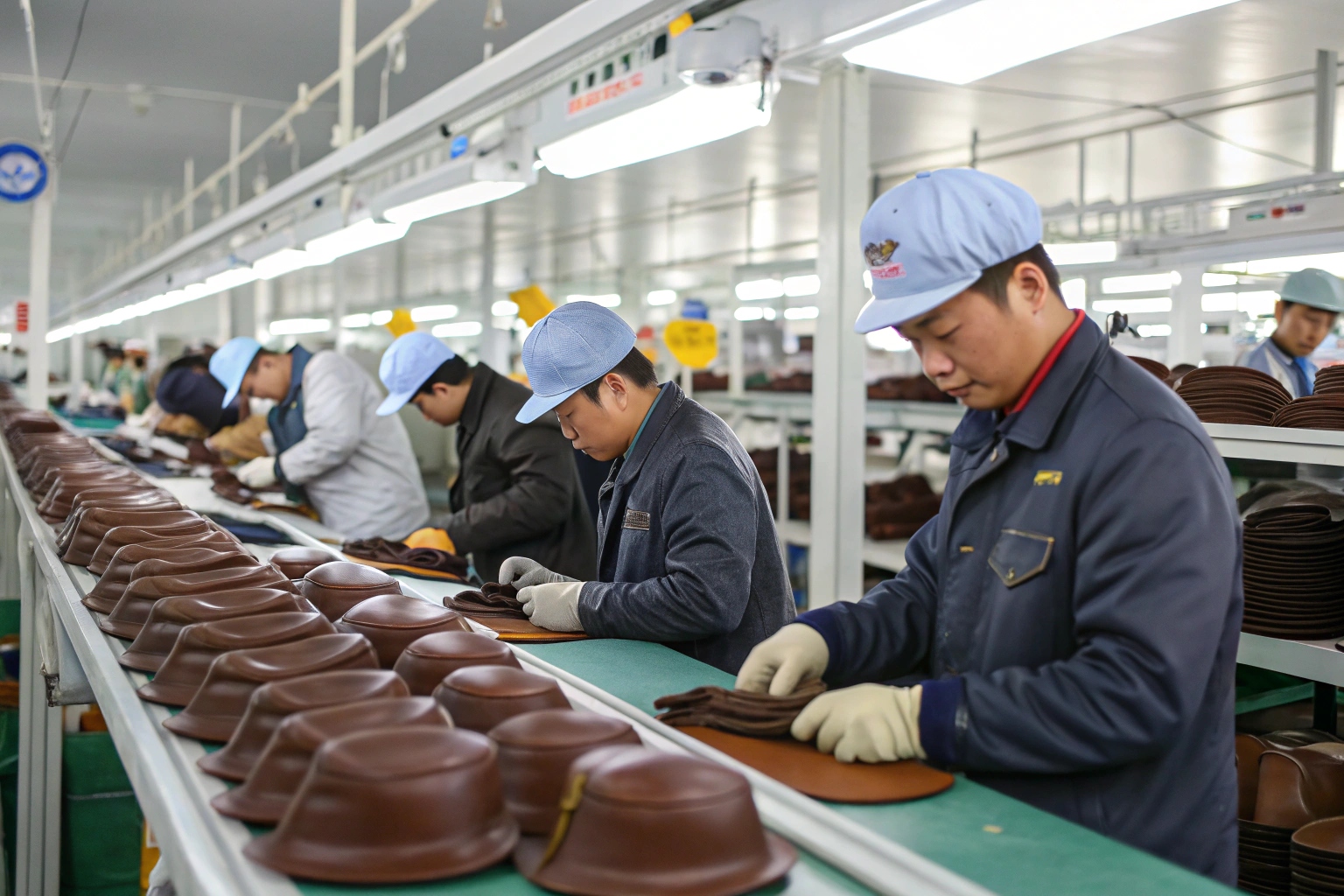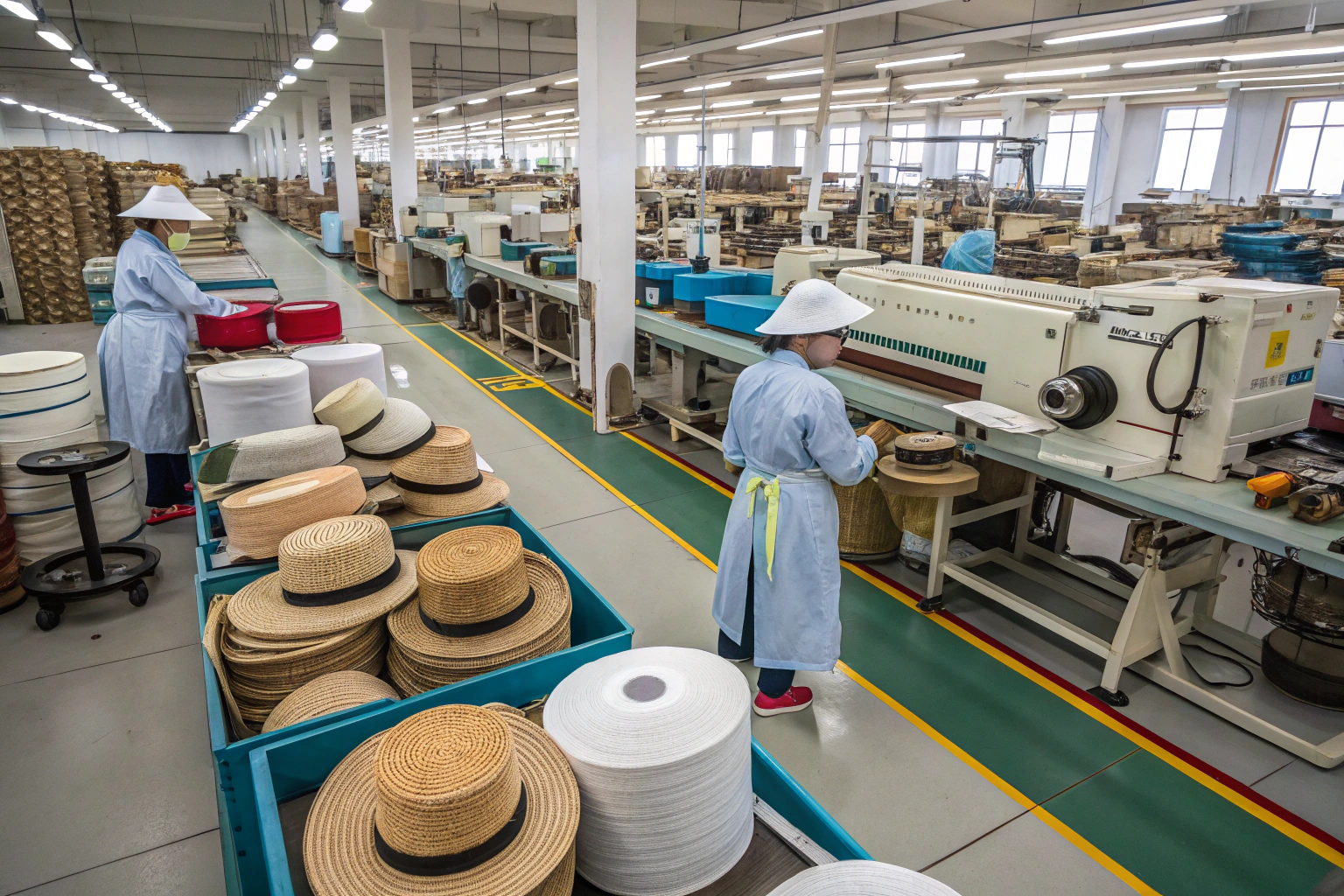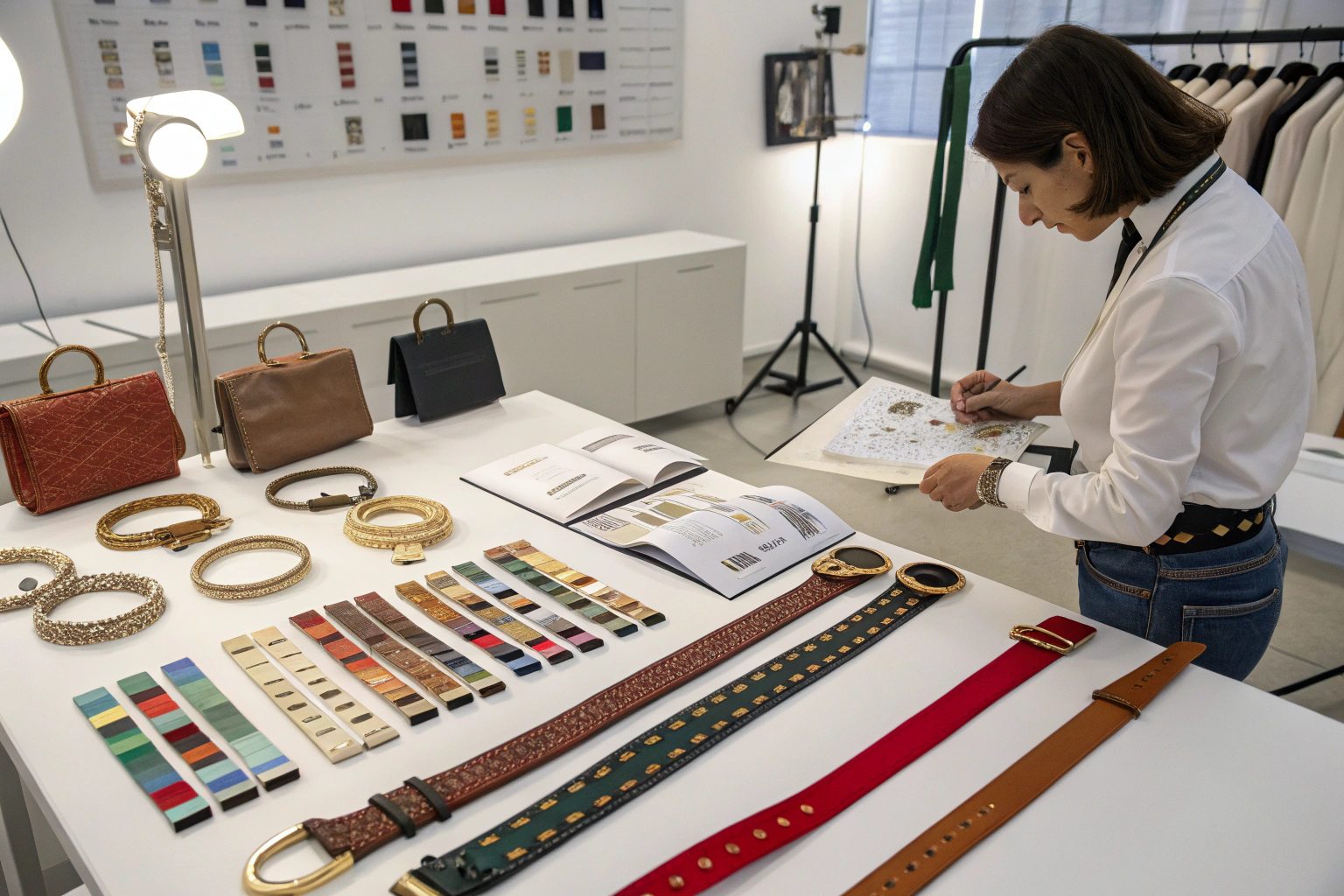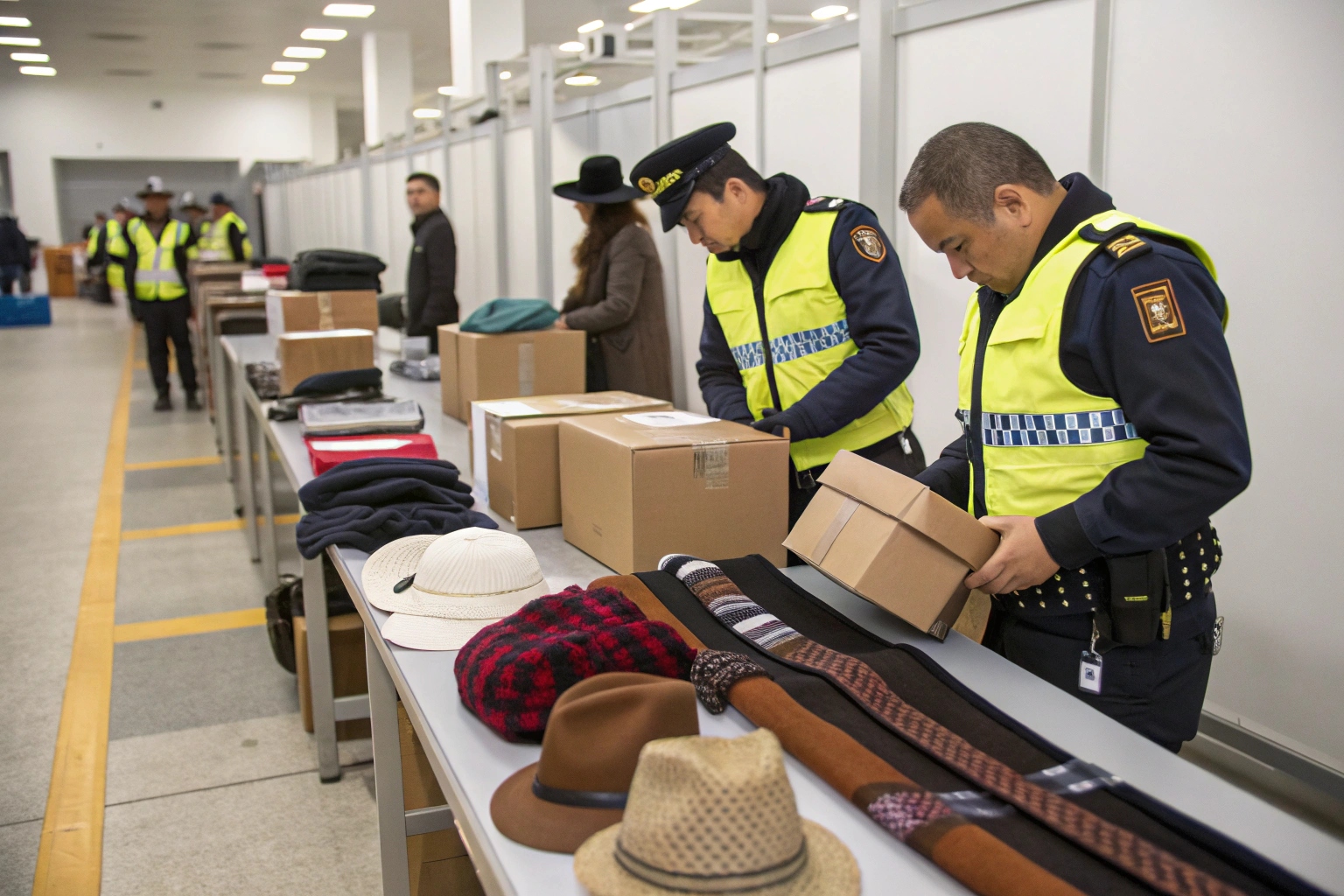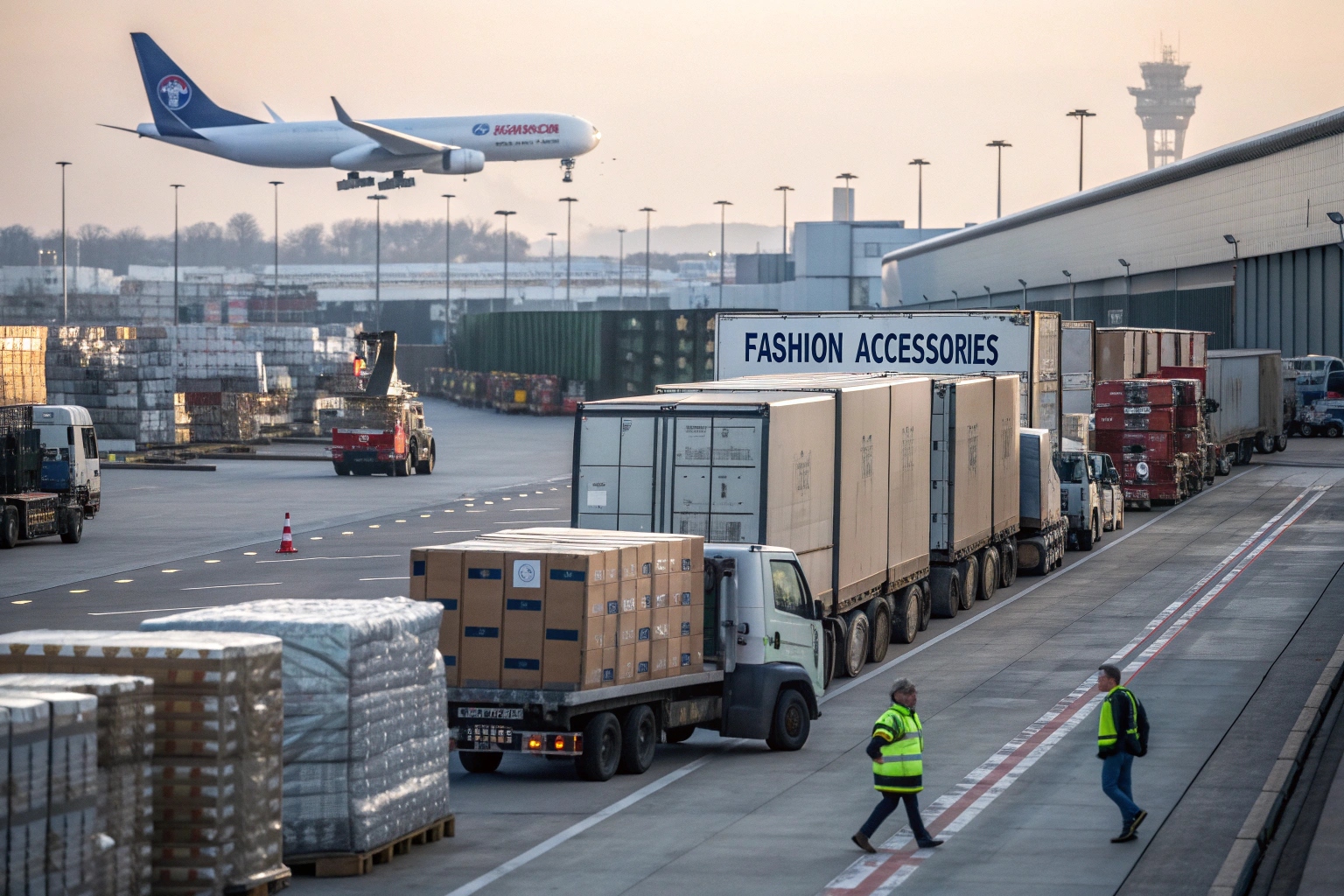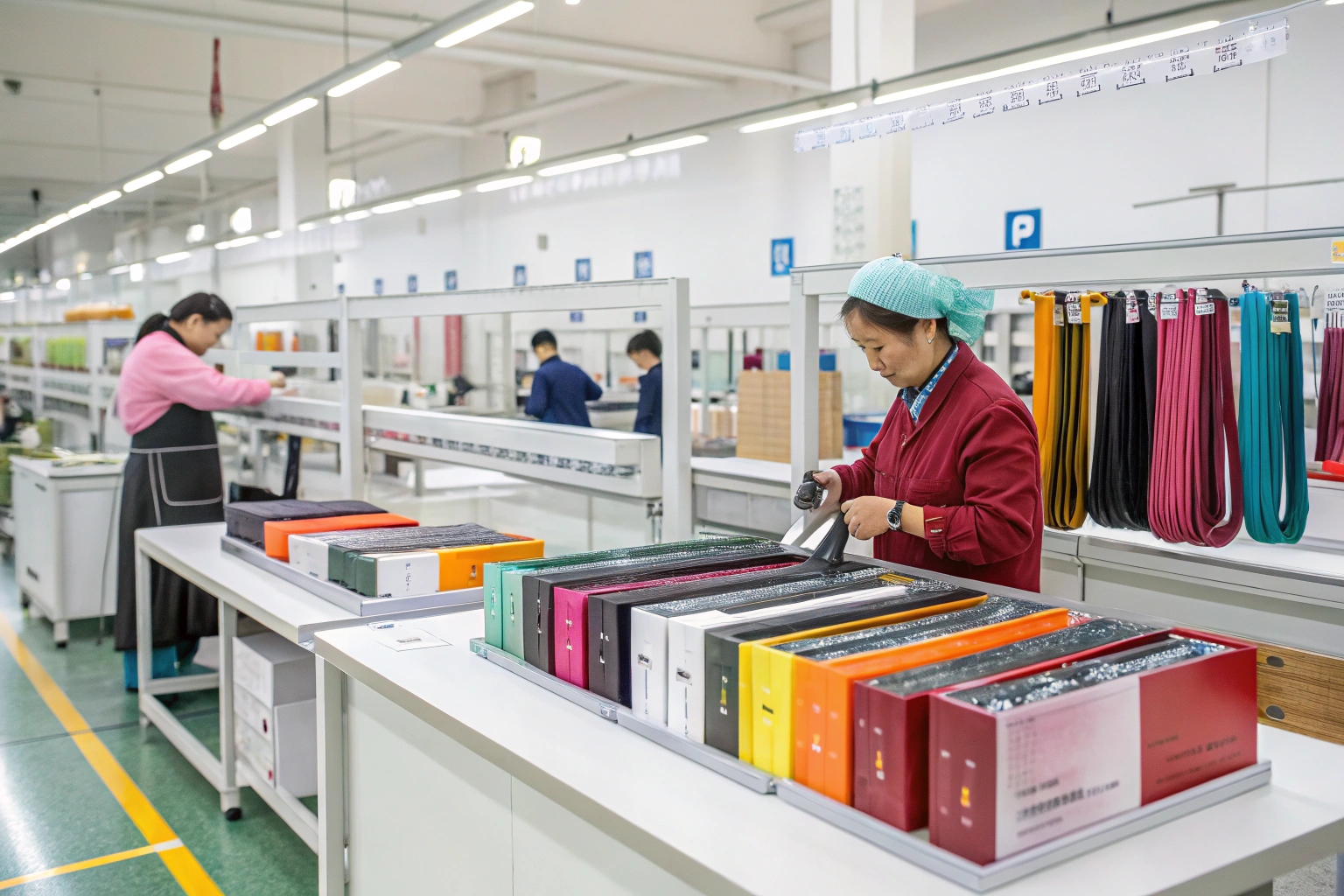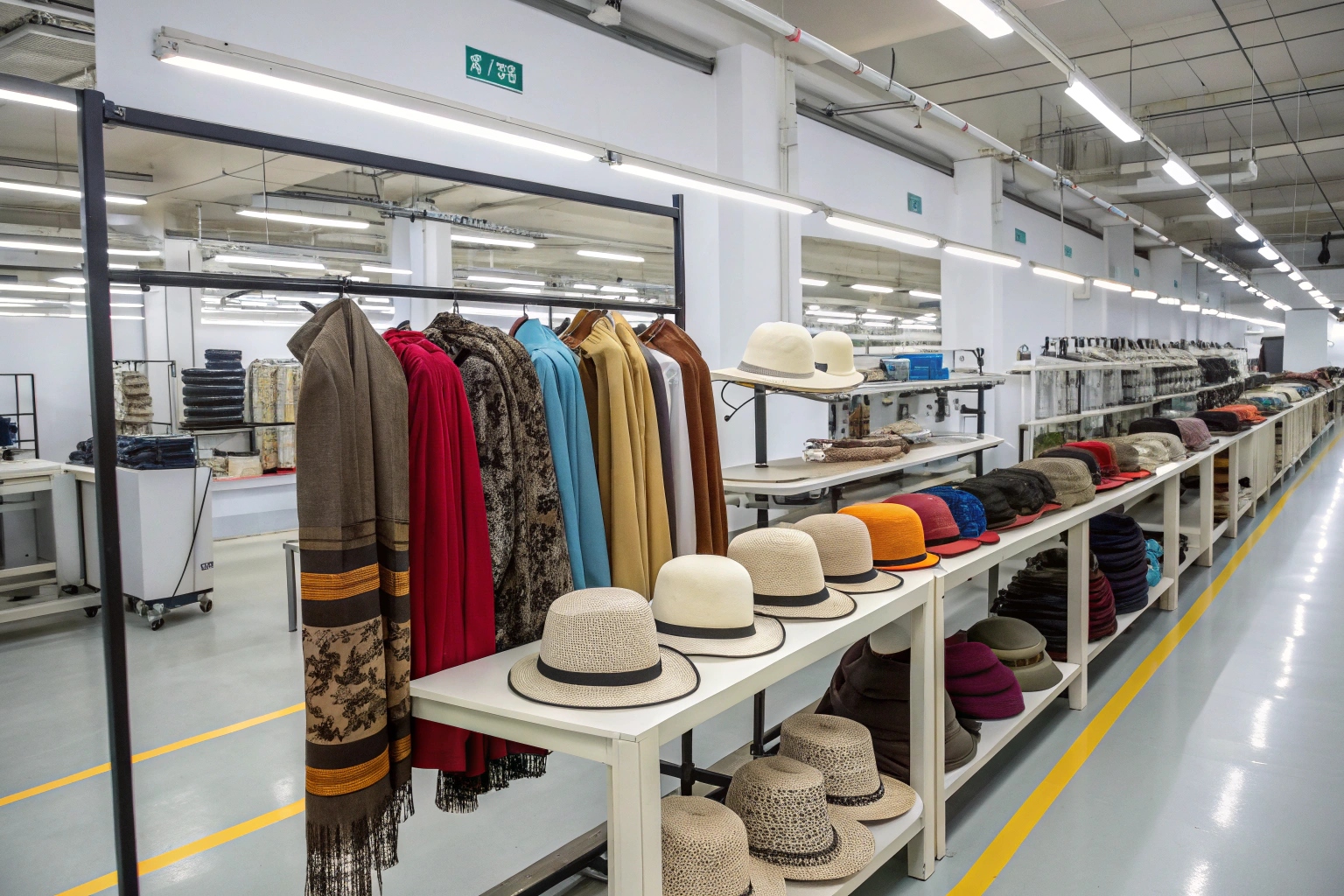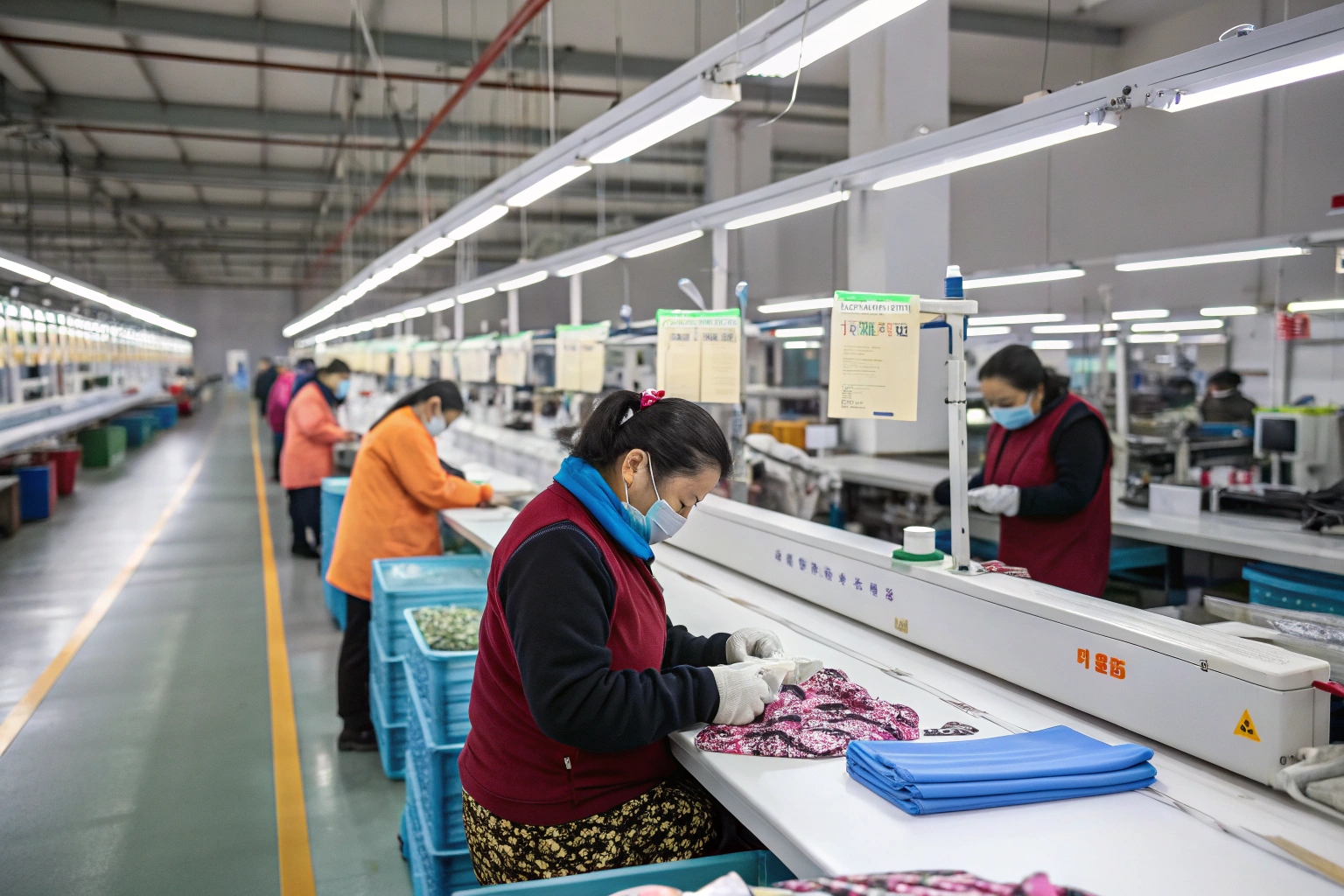Men’s accessories are no longer just afterthoughts—they’re central to modern menswear. From statement caps and layered necklaces to eco-conscious belts and minimalist scarves, men’s fashion accessories are evolving quickly. For sourcing professionals, these changes bring exciting opportunities—but also new demands for quality, speed, and design agility.
The latest trends in men’s accessories include sustainable materials, hybrid workwear function, personalization, and bold fashion statements. These shifts affect sourcing strategies by emphasizing flexibility, eco-compliance, and fast sampling.
At AceAccessory, I’ve seen these changes firsthand through orders from major U.S. and European menswear brands. If you’re sourcing men’s accessories from China, staying aligned with what’s trending—and how buyers react—is key to capturing and serving this lucrative market.
Why Are Sustainable Materials Dominating Men’s Accessories?
Men’s accessories are going green. Customers want stylish but responsible products.
Sustainability is a top priority for modern male consumers. Brands now demand accessories made from organic, recycled, and low-impact materials to align with eco-conscious values.
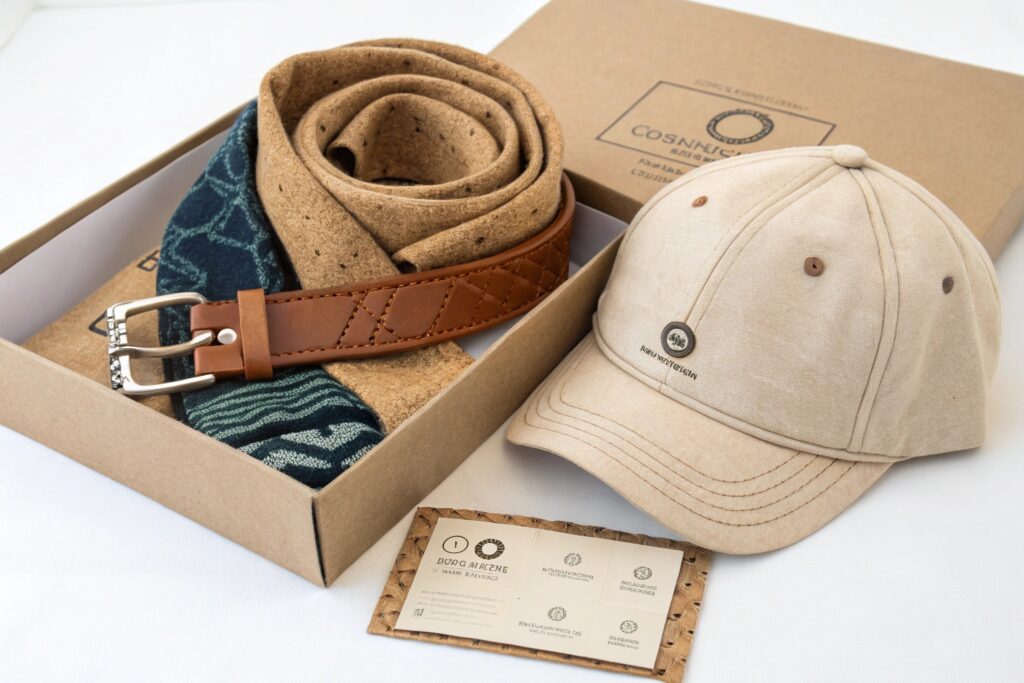
What Sustainable Fabrics Are Being Used in Accessories?
Popular sustainable options include organic cotton for scarves, recycled polyester for baseball caps, and even biodegradable thermoplastics for buckles. Natural leather alternatives like Piñatex (made from pineapple leaves) and cork leather are gaining traction among premium brands. Sourcing partners must now provide traceability, compliance certificates like GOTS or GRS, and flexible small-batch production for test collections.
At AceAccessory, we’ve helped clients shift from faux leather to cactus leather and RPET fabric, especially for men’s belts and gloves destined for eco-brands in Germany and Canada.
How Does This Trend Change the Sourcing Strategy?
Sustainable sourcing requires more than just swapping fabrics. Buyers want transparency, short lead times, and proof of ethical production. We’ve adopted third-party audits, FSC-certified packaging, and digital material libraries to help buyers choose eco-materials easily. Tools like Higg Index and OEKO-TEX are now standard references in accessory sourcing contracts.
What Functional Features Are Being Added to Men’s Accessories?
Accessories now need to be more than decorative—they must serve a purpose.
Functionality is the new fashion in men’s accessories. Items like convertible scarves, RFID-blocking wallets, and waterproof gloves are becoming staples.
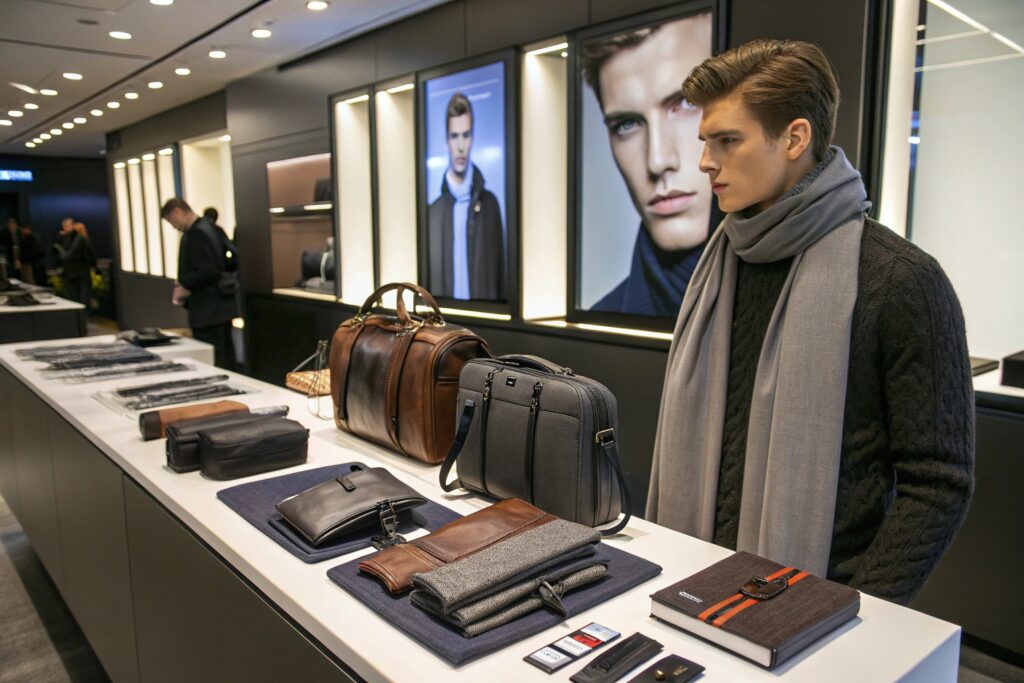
What Are Some Examples of Smart Features?
Designers are adding elements like hidden pockets in scarves, RFID-blocking materials in wallets, and temperature-control yarns in beanies. Even casual caps now come with UV protection, moisture-wicking linings, and adjustable tech compartments. Function meets fashion as brands compete to make life easier for the modern man.
We recently produced touchscreen-compatible gloves for a UK customer that doubled as biking gloves—demand was so high, they reordered in under 60 days.
How Does This Impact Factory Requirements?
Factories must adapt with new machinery, R&D capabilities, and sourcing channels for performance components. At AceAccessory, our design team collaborates directly with material labs to prototype fast. We test stretch durability, zipper friction, and wash cycles per ISO standards to ensure items function as promised. OEM partners who can’t provide function-testing reports are being phased out by big buyers.
Why Are Personalization and Custom Packaging Gaining Ground?
Men’s fashion buyers are now prioritizing uniqueness and giftability.
Customization has become a core demand, from personalized initials on belts to logo embroidery on caps and unique packaging styles for e-commerce.
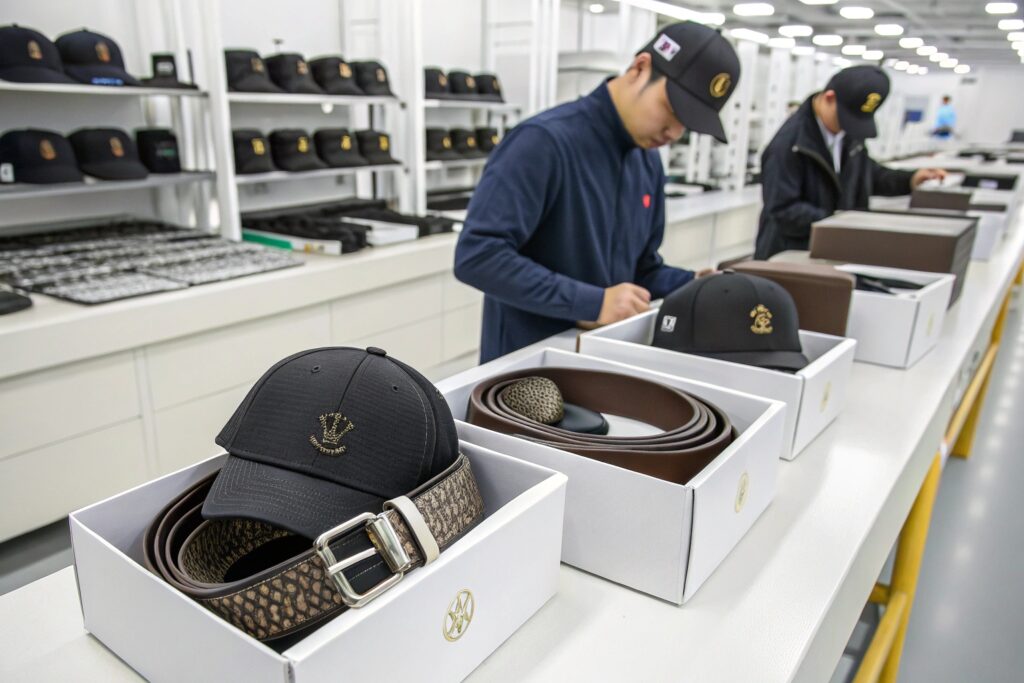
What Are Common Personalization Requests?
Popular options include laser engraving on belt buckles, embroidered patches on hats, and screen-printed logos on scarves. Buyers also want QR-coded hangtags, limited edition packaging, and eco-boxes with UV coating for upscale feel. Platforms like Zazzle and Etsy are driving the demand for personalization even in bulk B2B orders.
We provide heat transfer, embroidery, and metal stamping for all our men’s accessory SKUs—often with low MOQs to help brands test styles.
How Should Suppliers Adapt to Offer Customization?
Suppliers need versatile print lines, in-house packaging departments, and efficient sample-to-order workflows. With the rise of DTC brands, even traditional wholesalers are now asking for unbranded inventory plus branded packaging for drop shipping. At AceAccessory, our packaging team prepares over 10,000 custom boxes per day during peak seasons. By integrating design + logistics, we support Amazon FBA and Shopify sellers with full service.
What Are the Emerging Style Trends in Men’s Fashion Accessories?
The definition of masculine accessories is evolving fast—driven by pop culture, TikTok, and gender-neutral fashion.
Statement accessories, bold materials, and vintage-inspired elements are key trends in 2025’s men’s fashion accessory scene.
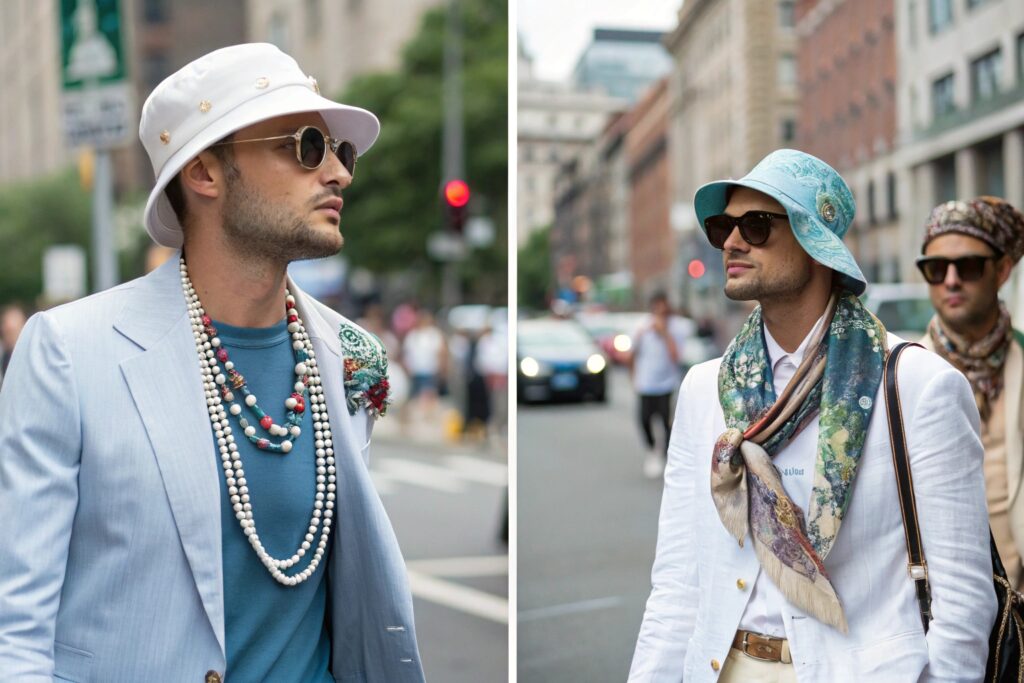
What Are the Most In-Demand Style Elements?
Men’s jewelry is no longer niche. Pearl necklaces, gold chains, and silver rings are top sellers. Headwear is shifting too: bucket hats, crochet beanies, and paneled caps are everywhere. Materials like denim, corduroy, and mesh are getting repurposed for accessories. Retro-styled belts, like 70s-wide styles, are also making a comeback.
Our recent bestseller? A plaid wool scarf collection for a London buyer blending Scottish tradition with Japanese minimalism. It sold out in three weeks.
How Should Sourcing Respond to Fast-Changing Style Demands?
Fast sampling, low-MOQ testing, and material sourcing agility are essential. Factories need small-batch lines for trend testing. Our solution has been to offer "design capsule runs" for under 500 pieces with AI-enhanced sketching and fabric libraries ready to go. We track social media fashion signals and translate them into real samples in under 10 days. Fashion buyers love that we’re ahead of style, not chasing it.
Conclusion
Men’s accessories are more dynamic than ever—fueled by eco-awareness, utility-driven designs, customization, and style experimentation. For sourcing professionals, this means higher expectations: faster development, tighter QC, flexible MOQs, and storytelling around every piece. At AceAccessory, we’re built for this pace—with in-house designers, smart production lines, and the agility to meet what’s next in men’s fashion. If you’re sourcing accessories for a modern male audience, aligning with these trends isn’t optional—it’s your competitive edge.

